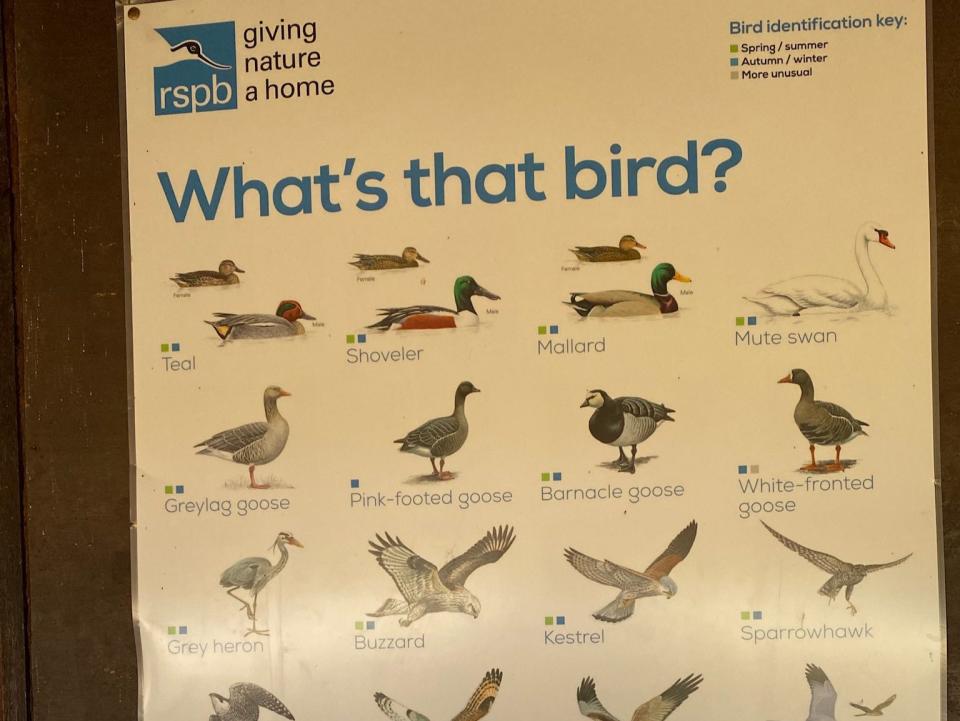RSPB vows to review ‘sexist’ posters showing female birds as smaller than males

The Royal Society for the Protection of Birds (RSPB) has promised to review current posters that show female birds in smaller pictures compared to their male counterparts.
It comes after birdwatcher Dr Mya-Rose Craig, 19, questioned why the female birds were featured in smaller insets next to the larger pictures of male birds and if it was a result of sexism.
Dr Craig, from Compton Martin in Somerset, tweeted a photo of the poster used to help birdwatchers identify different species and said: “If you aren’t into nature, you won’t know that when you go into birdwatching hides, there are often posters up to help you with bird ID.
“But why should female birds always be shows as a smaller picture insert?? Sexism in birding? We need a revolution.”
Her tweet caught the attention of fellow birdwatchers and ornithologists, many of whom agreed female birds should be given as much space as males in these illustrations.
“This is such a great point to raise,” said one naturalist. “Especially given the plumage differences are often more subtle and so harder to distinguish - larger images would actually really, really help ID!”
When I posted this, it was to highlight the ingrained #sexism in #conservation by using humour. I should have expected the large number of responses from #sexistbirders, so now I see it as an important issue at the core of #birding that must be changed - so please RT everywhere https://t.co/D6FaqR1led
— Dr Mya-Rose Birdgirl Craig (@BirdgirlUK) May 15, 2021
Another said: “Also, can we do away with the habit of describing (for example) a male blackbird as “a blackbird” while the female is always “a female blackbird”? Like the male is default while the female is some kind of variation?? No thanks.”
Some pointed out that male birds tend to have more colourful plumage and are therefore easier to distinguish from female birds, who often appear more plain. But others said bigger images of female birds would make it easier for birdwatchers to spot and identify them correctly.
Dr Craig said in a later tweet: “When I posted this, it was to highlight the ingrained sexism in conservation by using humour. I should have expected the large number of responses from sexist birders, so now I see it as an important issue at the core of birding that must be changed.”
The RSPB replied to her tweet: “Hi Mya, thank you for bringing this to our attention. This is a very fair point and we must get better, and we will be reviewing this with the relevant team.”
It said in a further statement seen by The Independent: “It is a fair point and we must do better. We’re please may-Rose brought this to our attention and will be reviewing these posters with our team internally.”
Read More
The Independent visits Heathrow ahead of international travel restarting
Bitcoin price crash – live: Elon Musk clarifies Tesla tweets after BTC and Dogecoin plunge

 Yahoo Finance
Yahoo Finance 